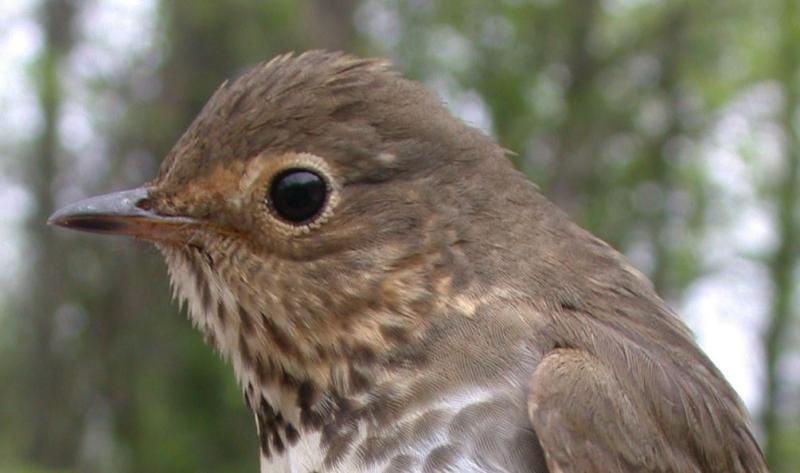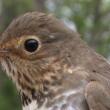A peep in the night
Coming home from one of Maine’s great agricultural fairs after dark recently, we stepped out of the car and heard a distinct, high-pitched “peep” overhead in the dark sky.
It sounded like a spring peeper, but we knew otherwise. It was the call of a night-migrating bird related to the American robin but a little smaller — a Swainson’s thrush.
What regular readers of this column know that most other people don’t is that most birds migrate at night.
There are a number of theories as to why they do so. One is that night migrants escape the dangers posed by bird-eating hawks (merlins and sharp-shinned hawks, for example) that migrate during the day.
Another idea is that since birds can use the stars to orient, it’s easier for them to navigate more precisely at night. Yet another thought is that the atmosphere is cooler and often less turbulent at night, enabling birds to use less energy as they flying long distances at night.
The Swainson’s thrushes that migrate over us in Maine each night this time of year are among the millions heading south from their breeding range, which extends from northern Maine across much of Canada and into Alaska (they also nest in the western mountains south to California).
Their destination is the Andes Mountains region of northern South America, where they will spend the winter among parrots and antwrens and monkeys and other exotic creatures.
If you go out in the evening or in the early morning as they are descending from a night of migration and you listen closely, focusing on sounds coming from the sky, you may hear a Swainson’s thrush. Its close cousin, the gray-cheeked thrush, occurs now as well and sounds like a snappy, nasal “wheer.”
Listen more intently and you will become aware of other higher and shorter sounds, too. The really, really short calls are typically warblers; they could be any of the 20 or so species that regularly migrate through Maine.
Slightly longer “tseet” calls are typically those of the dozen or so sparrow species that can commonly occur in migration. Shorebirds and waterfowl also migrate at night, so you could hear them as well and will be more easily recognizable since they give the same sounds during the day as they do during their night migration.
Once you start keying into the sounds of night migration, you may be surprised by the variety you hear.
As we learned once we started tuning in, it could forever change the way you think about, and listen to, the night sky.
Hear a Swainson’s thrush by clicking here.
Event Date
Address
United States

























